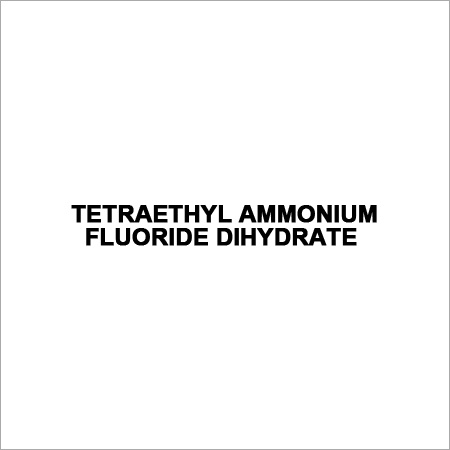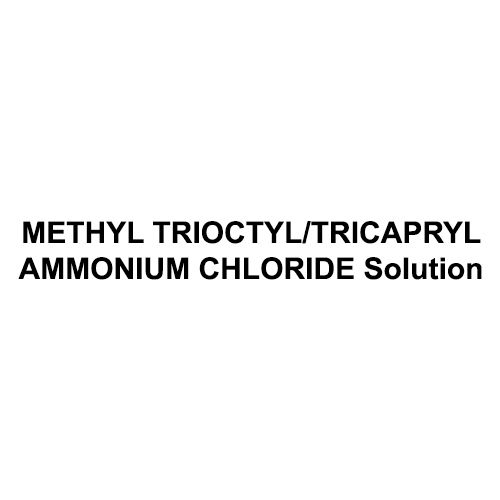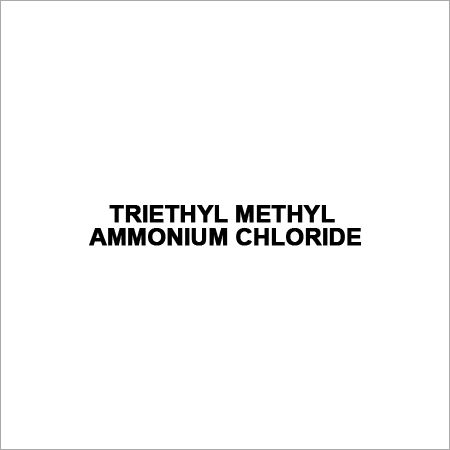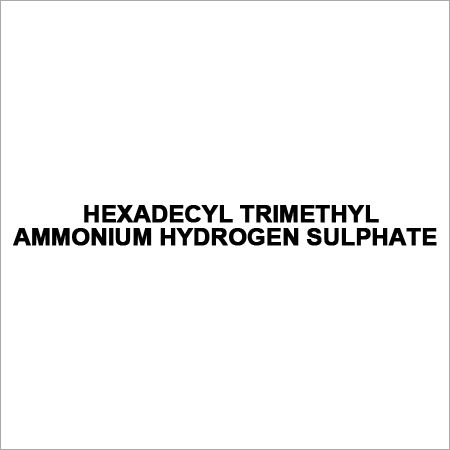Tetraethyl Ammonium Fluoride Dihydrate
Product Details:
Product Description
Four ethyl groups, a nitrogen atom, a fluoride anion, and two water molecules make up the quaternary ammonium salt known as tetraethylammonium fluoride dihydrate (TEAF - 2H2O). It is frequently referred to as TEAF.
In order to add fluoride to a molecule, TEAF is frequently employed as a fluoride source in organic synthesis. It can also be employed as a phase transfer catalyst, enabling the transition of a reactant between different phases (such as solid and liquid).
TEAF can be utilised in numerous electrochemical applications, including lithium-ion batteries, in addition to its use in organic synthesis applications.
Although TEAF is typically regarded as a safe and reliable reagent and electrolyte, it is crucial to handle it carefully because it can be harmful if swallowed or inhaled in high amounts. When working with TEAF, proper ventilation, safety gear, and handling techniques should always be followed. Additionally, as it can irritate skin and eyes, it's crucial to avoid contact with them.
FAQ
1. What exactly is dihydrate of tetraethyl ammonium fluoride?
Ans - A white, crystalline powder known as tetraethyl ammonium fluoride dihydrate is used in industry as a fluorinating agent. It contains both ethyl fluoride and ammonium fluoride.
2. What uses does dihydrate tetraethyl ammonium fluoride have?
Ans - In addition to being used to make medications, dyes, and flame retardants, tetraethyl ammonium fluoride dihydrate is predominantly utilised to make polymers and surfactants.
3. Is the dihydrate of tetraethyl ammonium fluoride poisonous?
Ans - When inhaled, consumed, or absorbed via the skin, tetraethyl ammonium fluoride dihydrate is poisonous. It irritates the skin and eyes as well.
4. How ought to dihydrate tetraethyl ammonium fluoride be stored?
Ans - Tetraethyl Ammonium Fluoride Dihydrate needs to be kept in a cool, dry location away from heat sources and direct sunlight.
5. How should Tetraethyl Ammonium Fluoride Dihydrate be handled safely?
Ans - It's necessary to use protective gear, such as gloves and clothes, and to keep Tetraethyl Ammonium Fluoride Dihydrate away from the skin, eyes, and mucous membranes when handling it. Additionally, it's critical to provide sufficient ventilation and dispose of any trash or spilled materials correctly.

 English
English Spanish
Spanish French
French German
German Italian
Italian Chinese (Simplified)
Chinese (Simplified) Japanese
Japanese Korean
Korean Arabic
Arabic Portuguese
Portuguese







